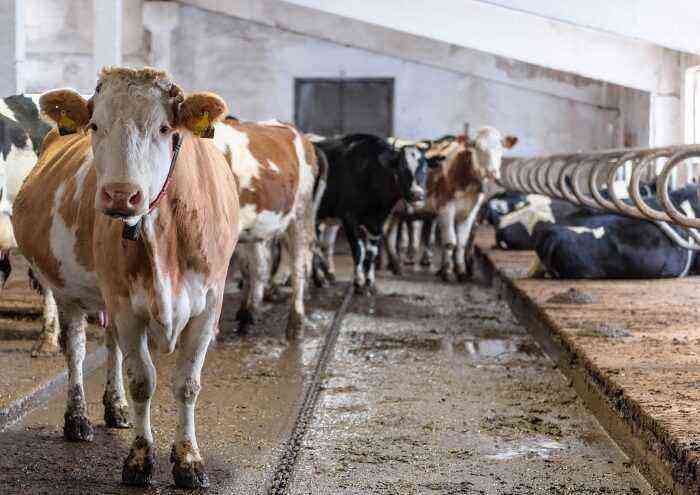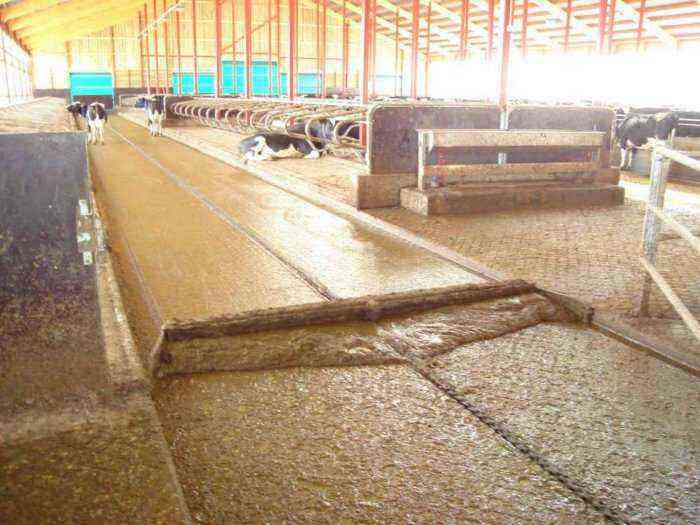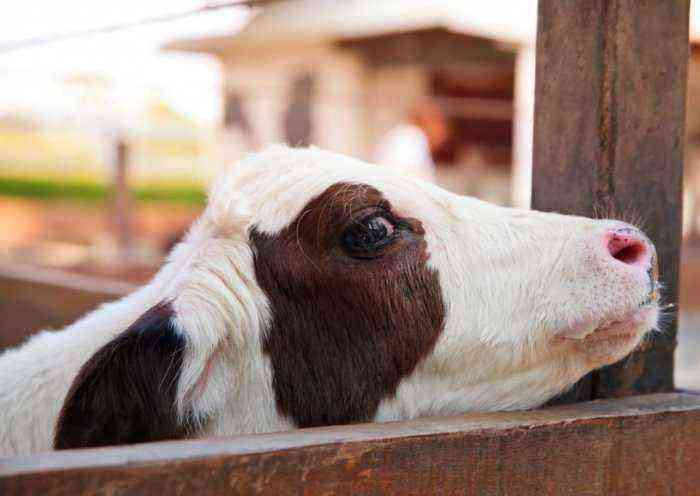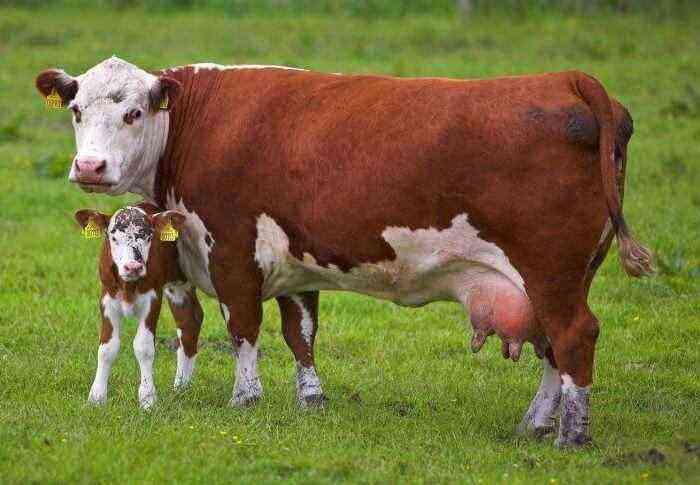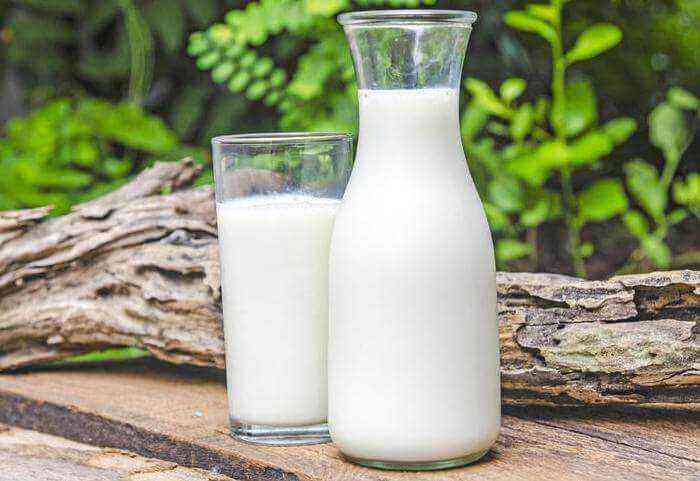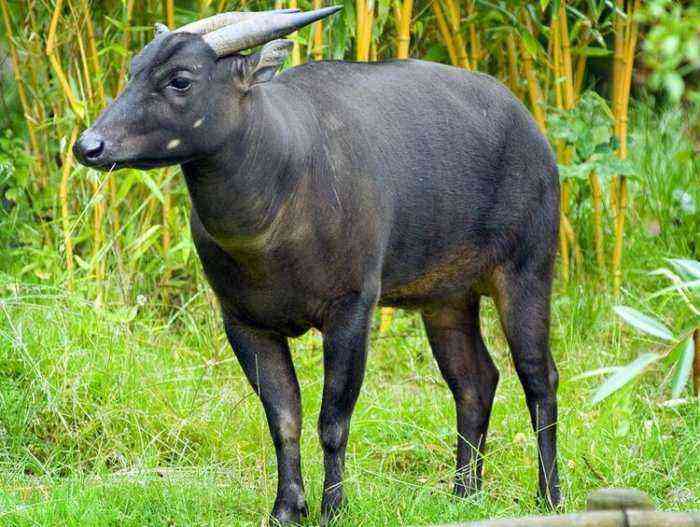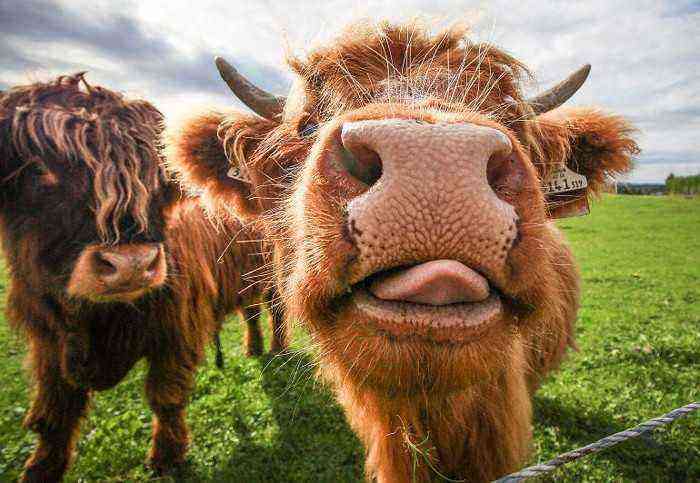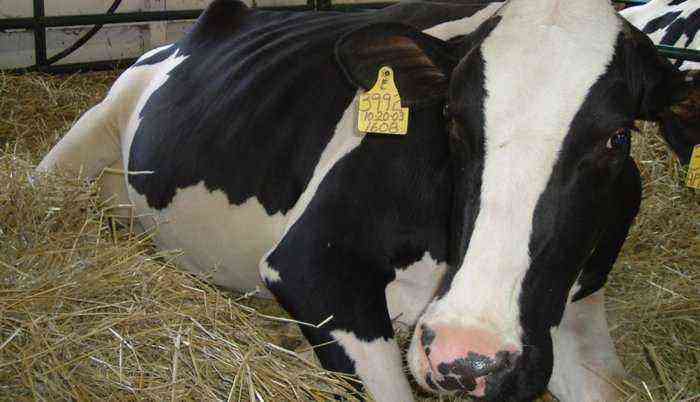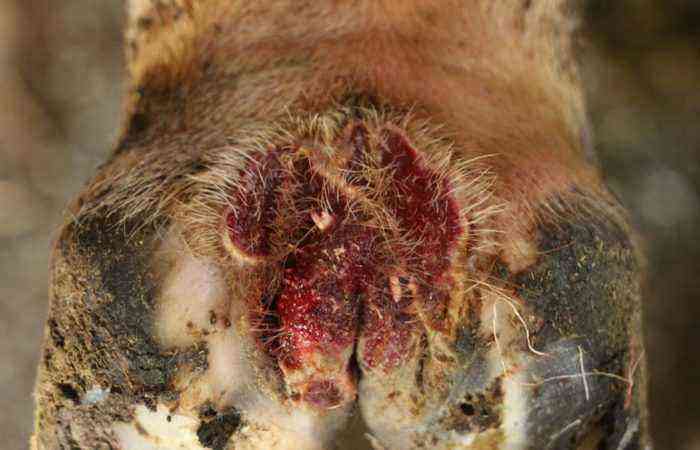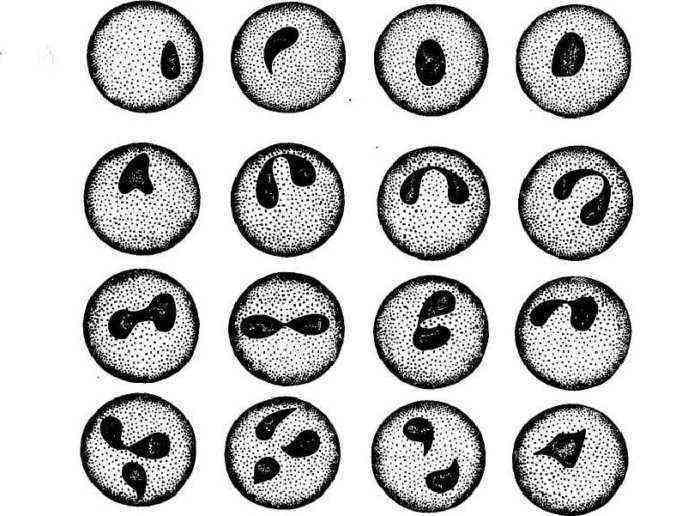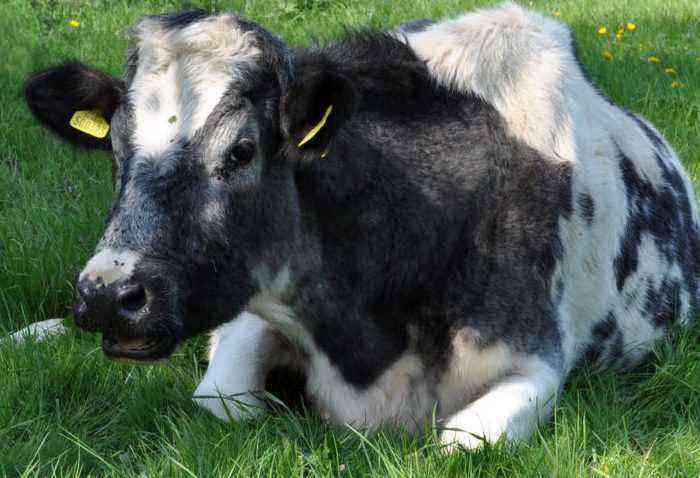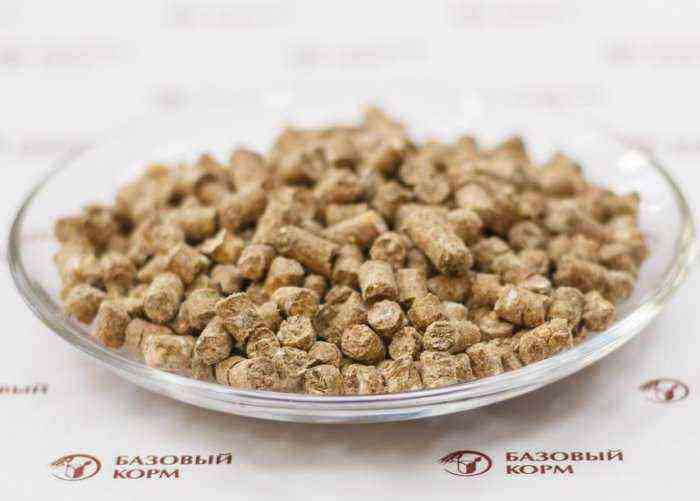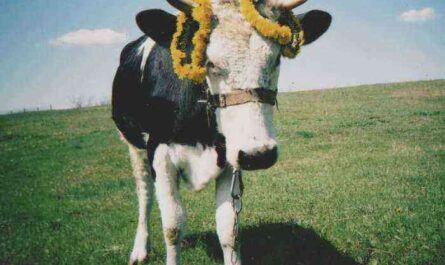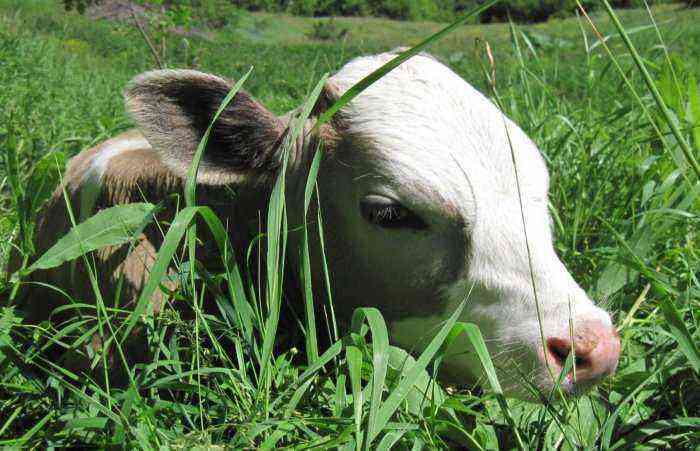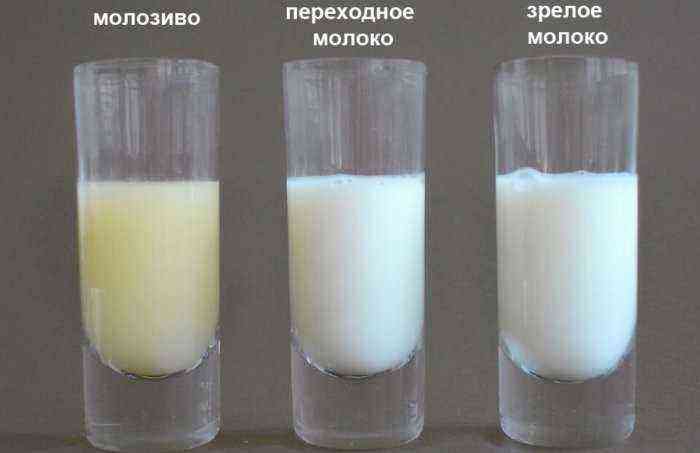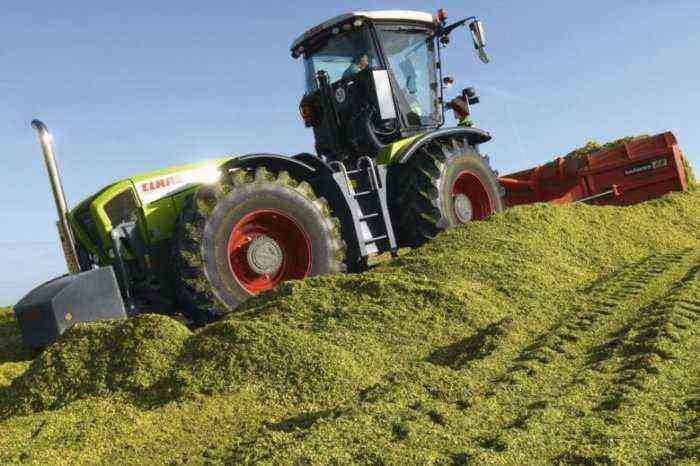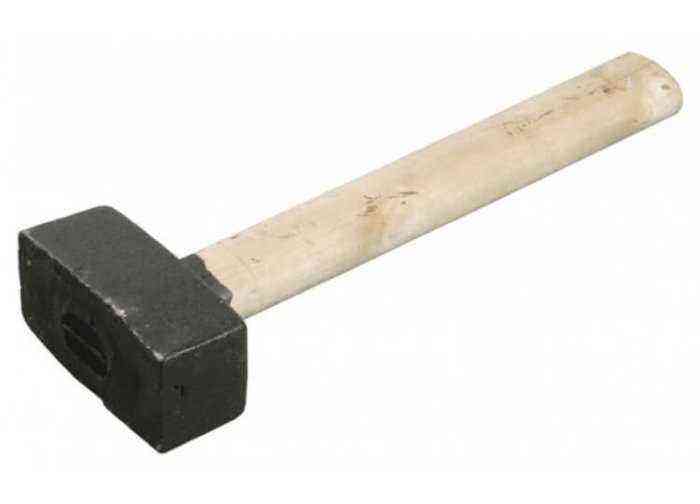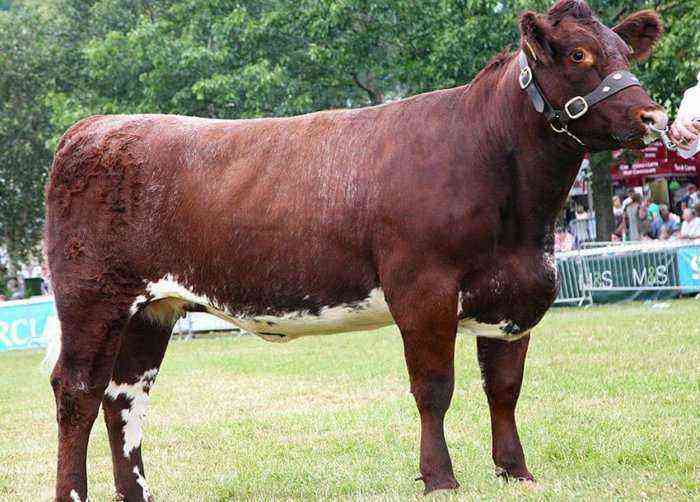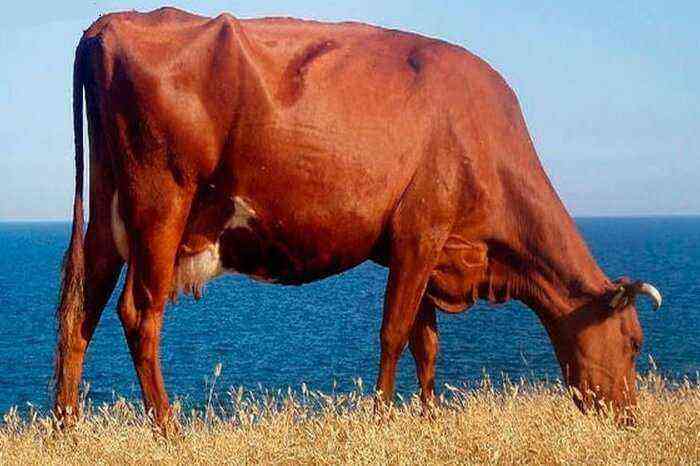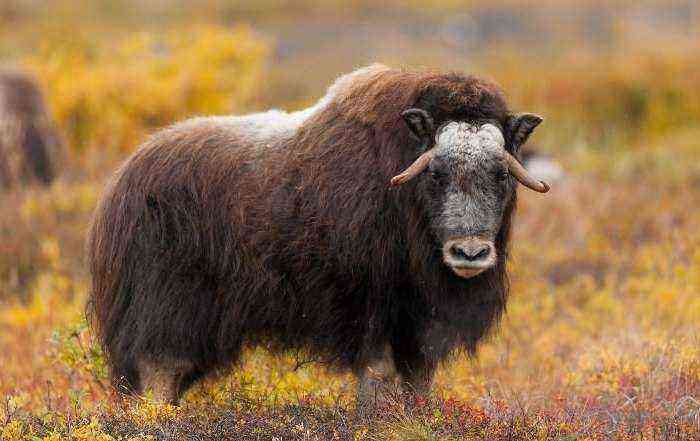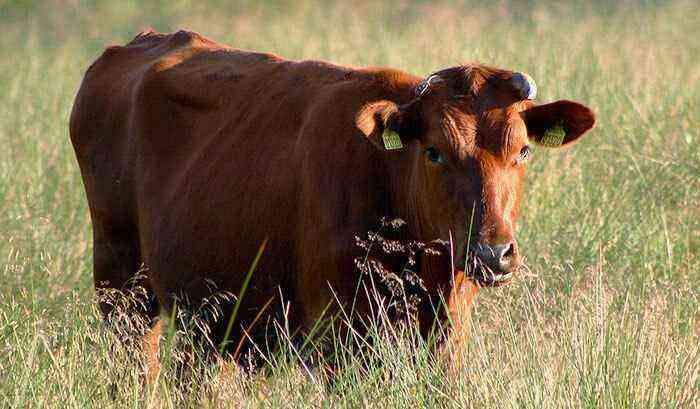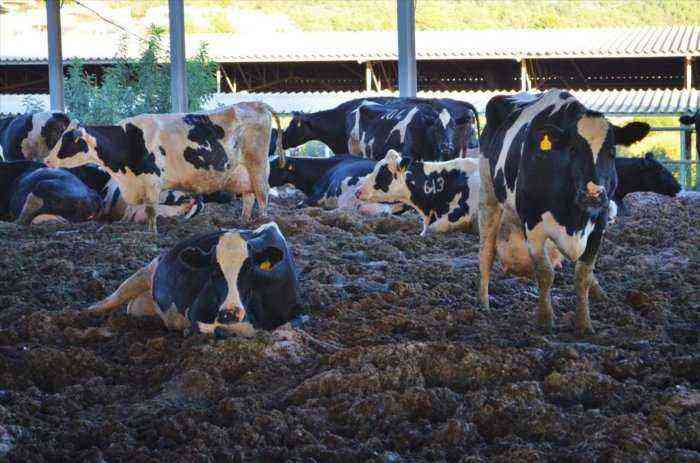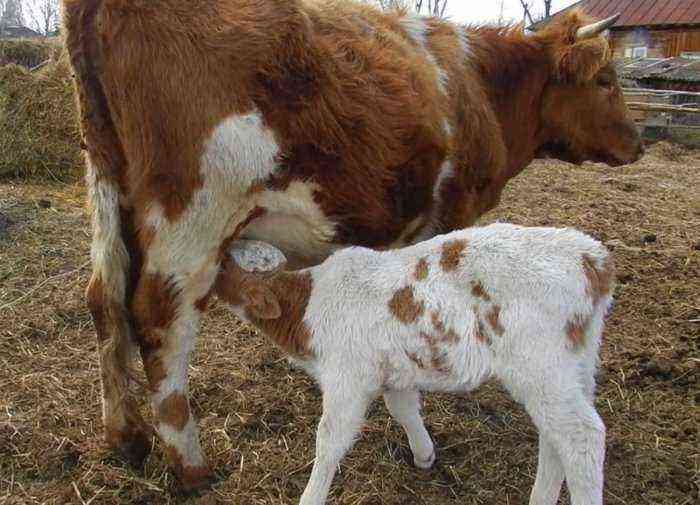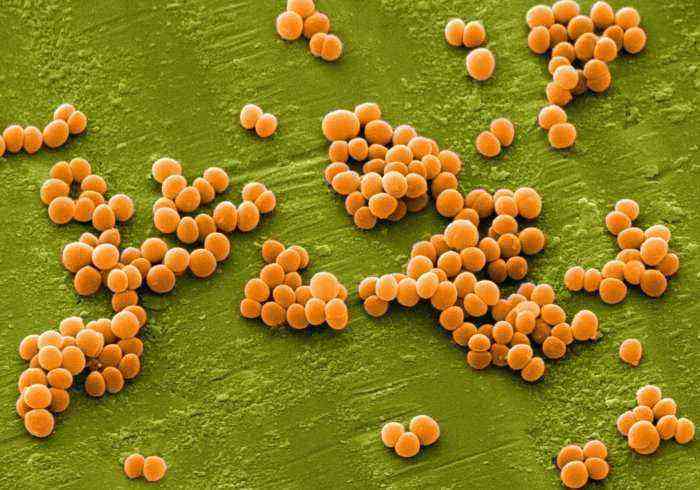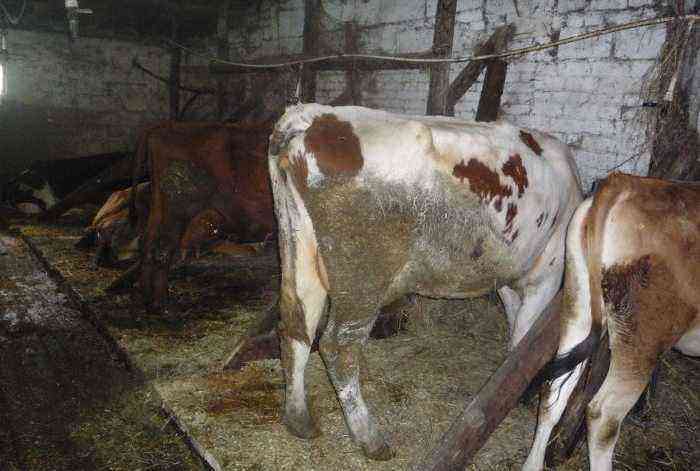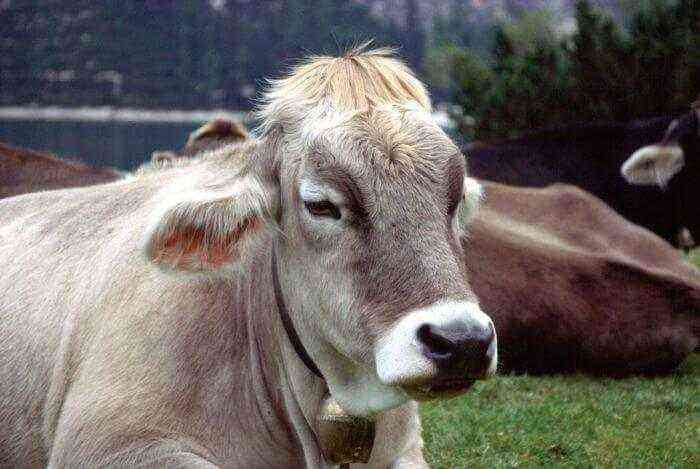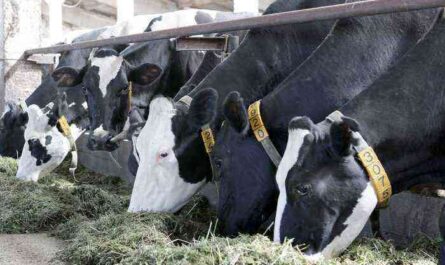The Charolais breed of cows provides high milk production, and its meat is tasty and dietary. Thanks to this combination, many farmers choose it for their farm.
Charolais cow
History of occurrence
The name of the breed was given by the French county of the same name. Sheep were the first to receive her name, and then cows. It happened in 1864. At first, the animals were used as draft horses, and after some time gained popularity in the French markets. At that time, it already became clear that animals give a large amount of milk, and their meat is very tasty.
After the revolution in France, the farmer Claude Mathieu moved from Charolais to Nièvre, taking with him a herd of bred cattle. In the new location, animals have become even more popular. Soon their production increased. Cows were only used to make milk and meat. To speed up weight gain, they crossed with English shorthorns. Today, the Charolais cow breed is considered one of the best among meat cows.
Characteristics of the breed
- The height of cows is about 155 cm, bulls – up to 165 cm.
- In oblique length, animals have from 195 to 220 cm.
- Chest circumference – 200 cm.
- The head is small and short, with a broad forehead.
- The bridge of the nose is slightly flat and concave, the face is short and narrow.
- The horns are long, round and white.
Attention! Sherola has strong enough hooves, which is important with a significant weight of the animal.
The Charolais breed is graceful, has a light color.
Origin
The breed originated in France. Currently, it can be found in other countries, including Russia.
External weight
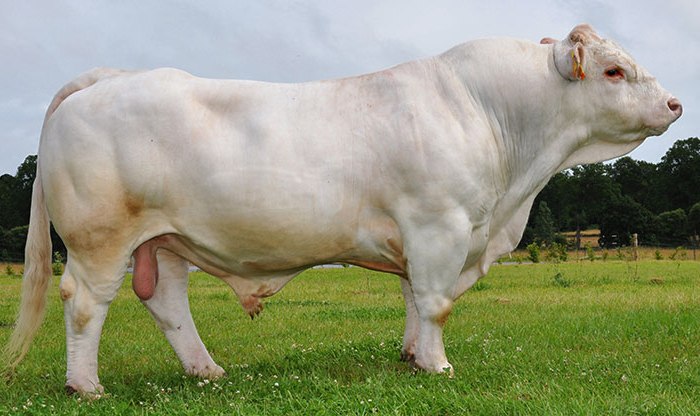
An adult bull weighs up to 1100 kg
Adult cows weigh 900 kg, bulls – 1100 kg. Slaughter yield is up to 65%. Calves are born large (about 50 kg), they quickly gain weight. They develop muscle instead of fat. Cows can gain weight on grass, but they have a good appetite and require large areas to run. Animal meat is tender and tasty.
Productivity
On average, milk yield is 1000-1500 liters per year, but there are exceptions: some farmers receive up to 4000 liters.
Advantages and disadvantages
Cows of this breed have many advantages, so it is bred in different countries, which are famous for their developed industry. Benefits include:
- quick weight gain on grazing;
- precocity
- hoof strength;
- good immunity;
- the ability to gain weight on both grain and grass;
- rapid adaptation to different climates;
- obtaining large calves by heterosis crossbreeding;
- the most significant slaughter yield of meat;
- the minimum amount of fat.
The breed has many advantages, but there are also disadvantages. This is:
- aggressiveness of cows (increases if there is a cub), especially bulls;
- difficult calving, due to which deaths of adult animals often occur;
- heredity that provokes heart problems in newborns;
- the impossibility of using bulls on smaller breeds of cattle due to the significant size of the calves.

Aggressiveness of cows increases if there is a cub
To eliminate the above problems and obtain large cows, the breed is crossed with others. So, Hereford calves are born small, and with age they catch up with representatives of other breeds. Sherolas are also crossed with barhmans (they originated from India, representatives of zebu).
This breed is aggressive, while it gives milk well, it has tasty meat. Due to the birth of large calves, cows are crossed with other breeds, which avoids the death of the animal during childbirth.

